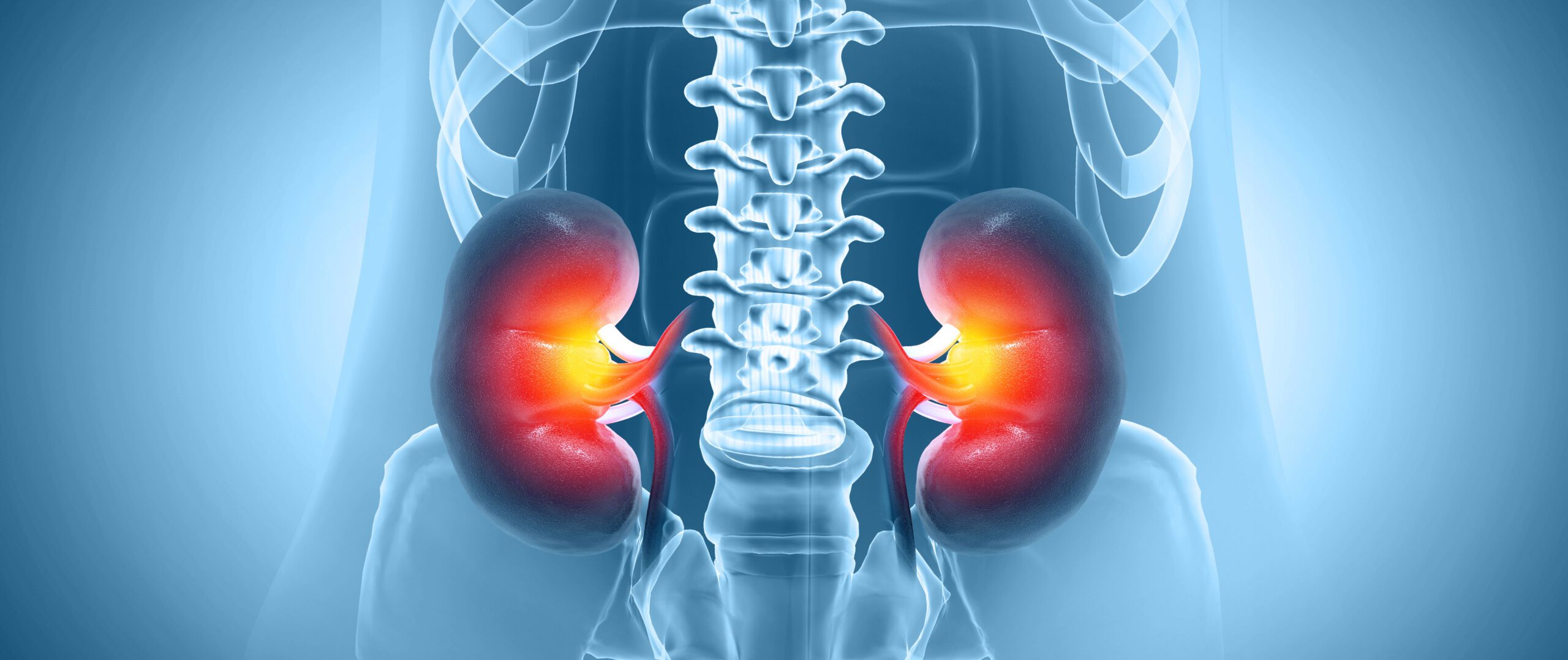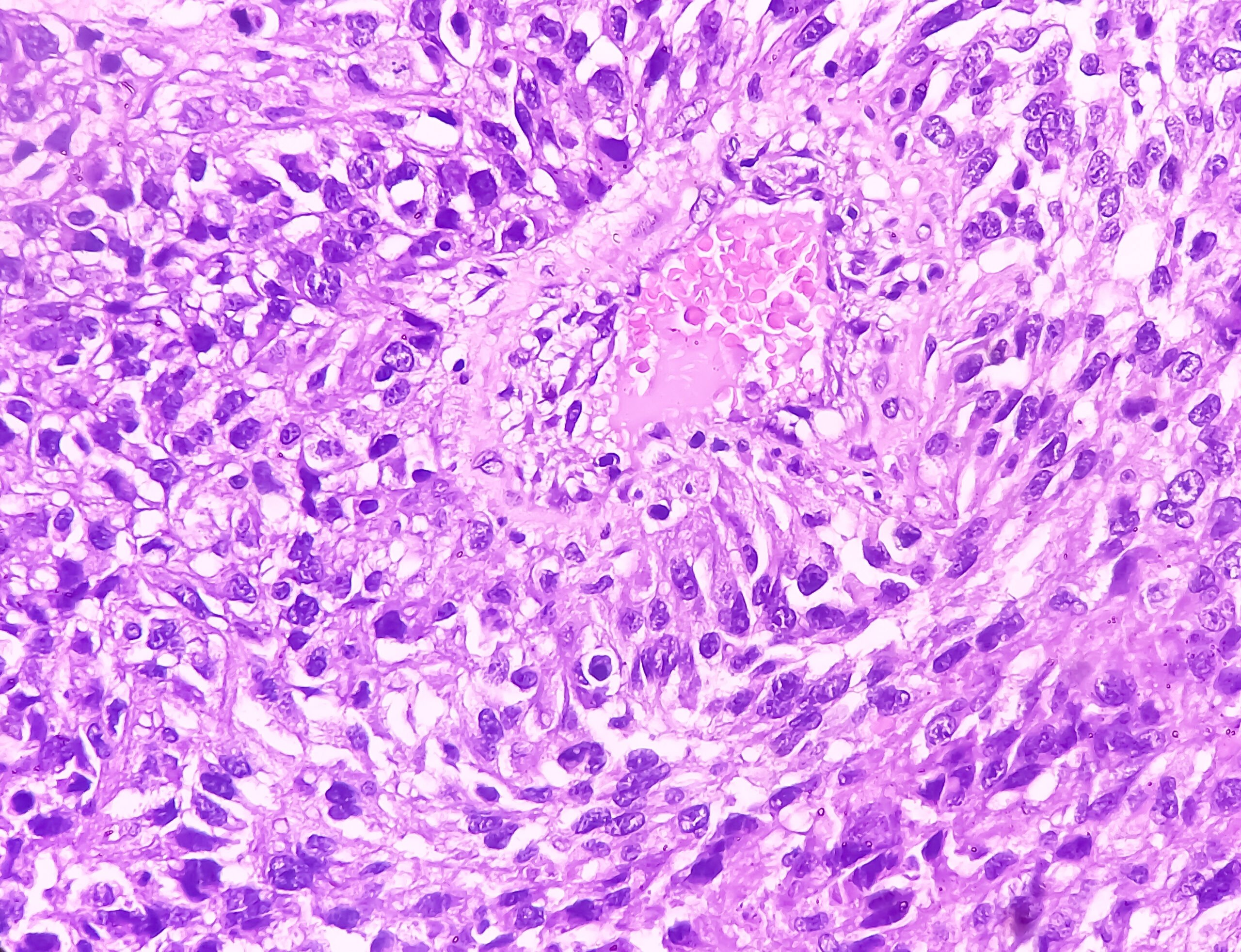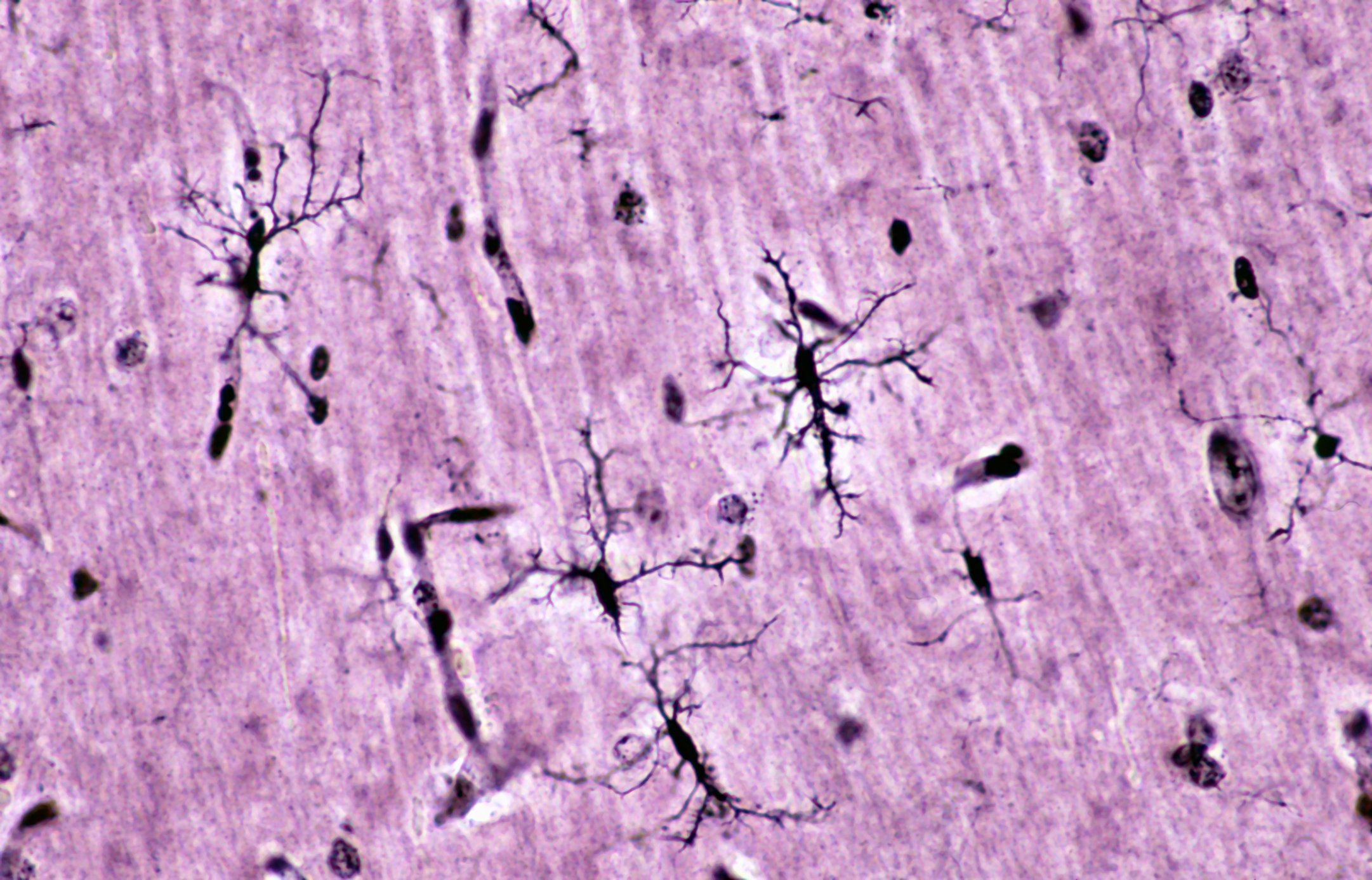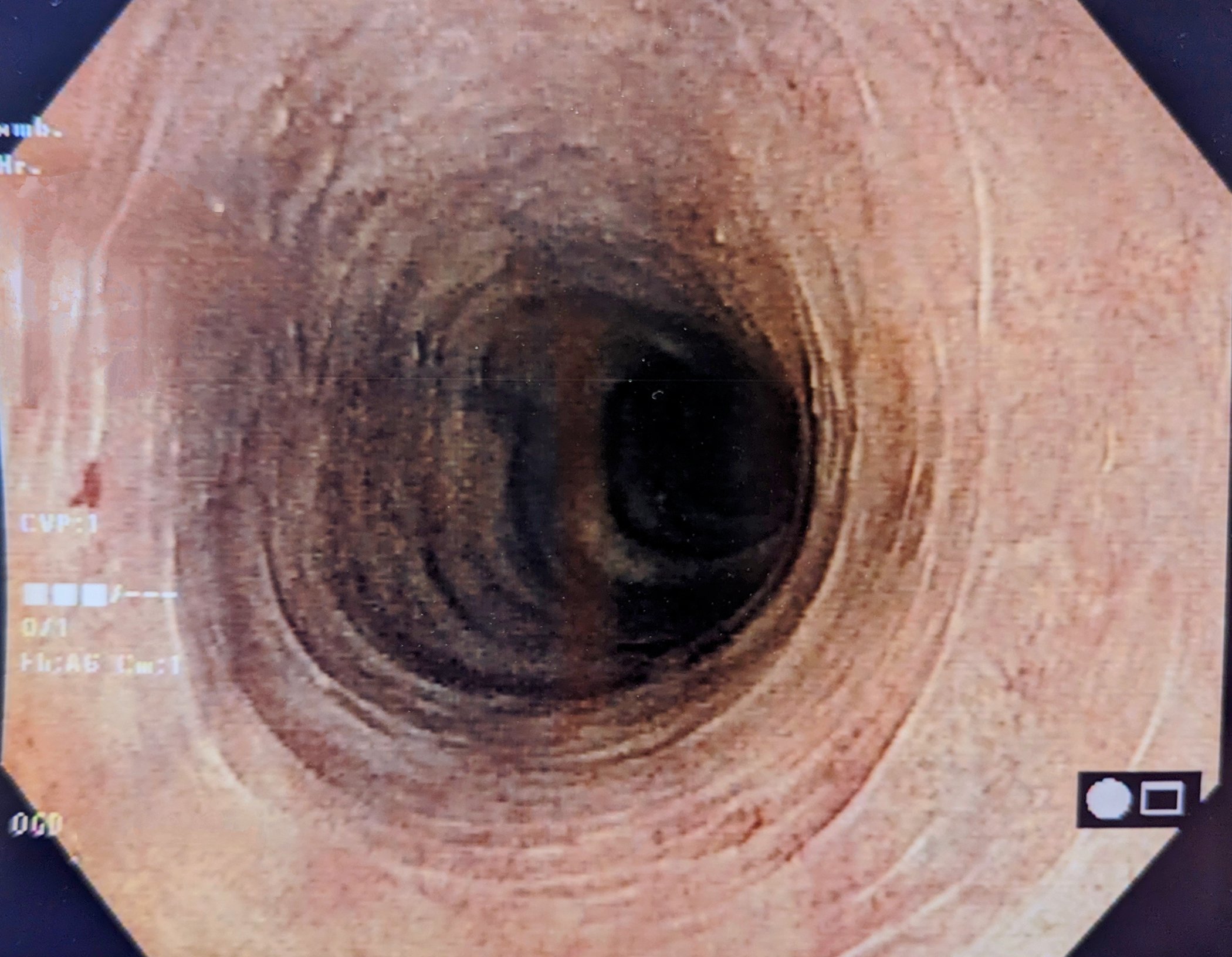In the recent past, the nephroprotective treatment armamentarium has been significantly expanded. It is essential that impaired renal function is detected in good time in order for patients to receive these innovative treatment options, which act as an add-on to RAAS inhibition and additionally inhibit progression, within a reasonable period of time. SGLT-2-i as well as GLP-1-RA and non-steroidal MRA have now found their way into international guidelines due to their evidence-based favorable effects on the heart and kidneys.
Autoren
- Mirjam Peter, M.Sc.
Publikation
- HAUSARZT PRAXIS
Related Topics
You May Also Like
- Psychooncology
Communication as the key to therapy adherence
- Participation of the patient
Adherence in psychiatry
- From symptom to diagnosis
Renal cell carcinoma
- Lipid management: ESC/EAS guideline update 2025
New recommendations on CVD risk classification, lipid lowering in statin intolerance and hoFH
- Chronically active MS lesions
New paradigm in the diagnosis and treatment of multiple sclerosis
- AI in neurology
Control instead of a flood of data: AI makes big data and wearables usable
- Participation of the patient
Adherence in psychiatry
- Eosinophilic esophagitis











